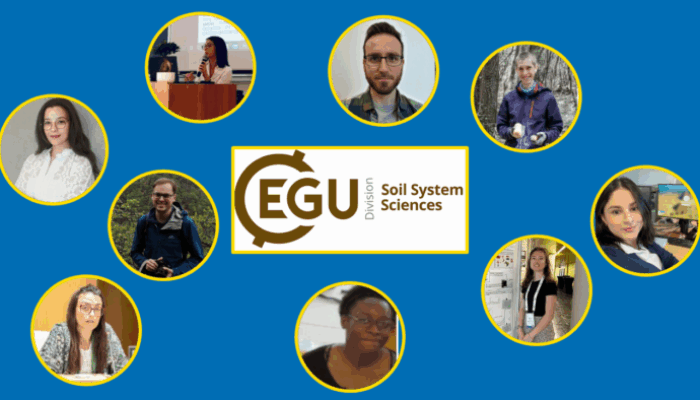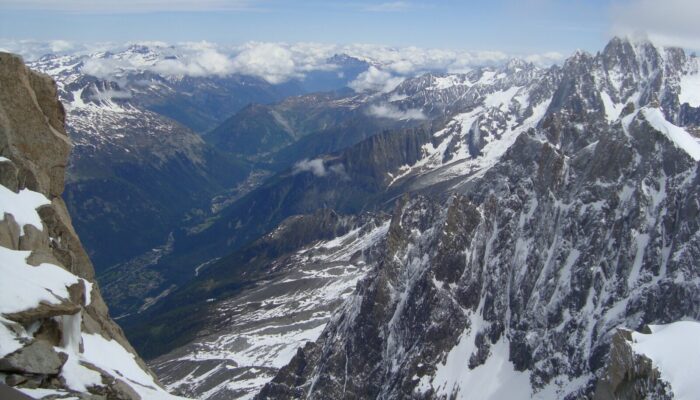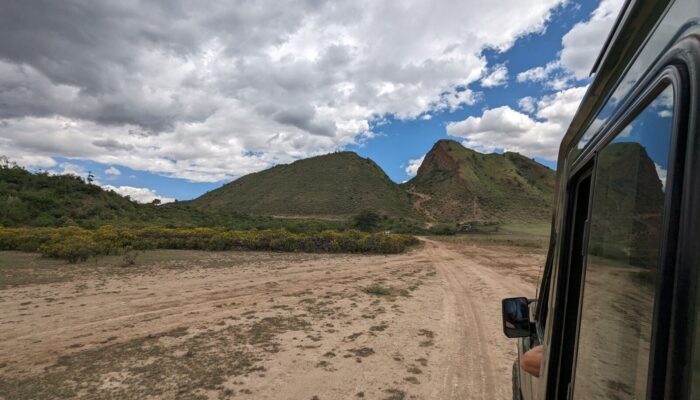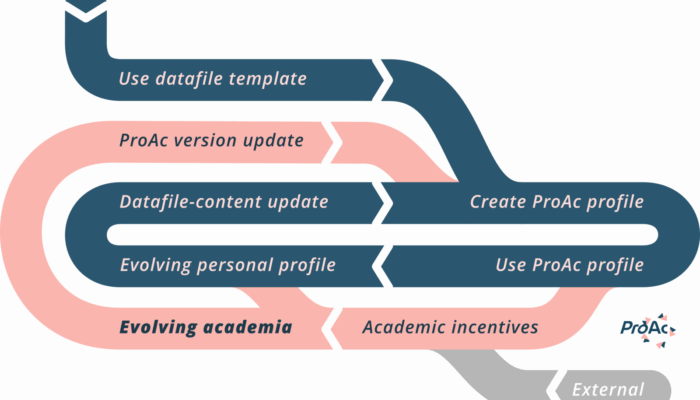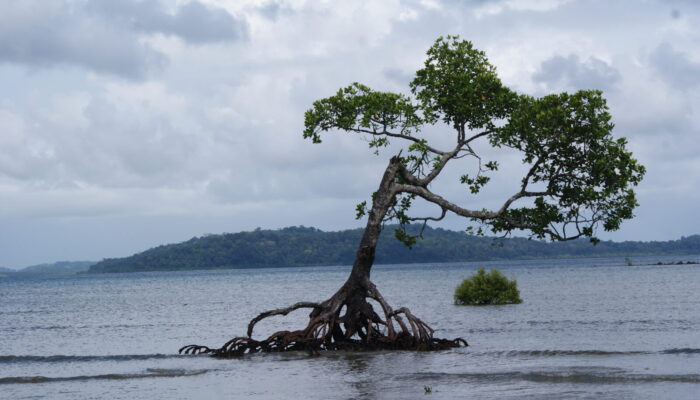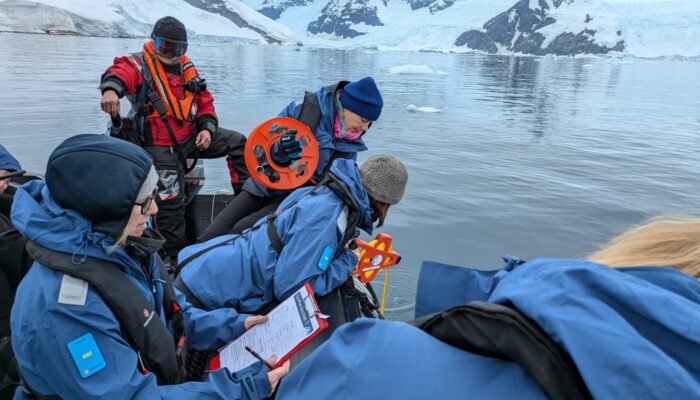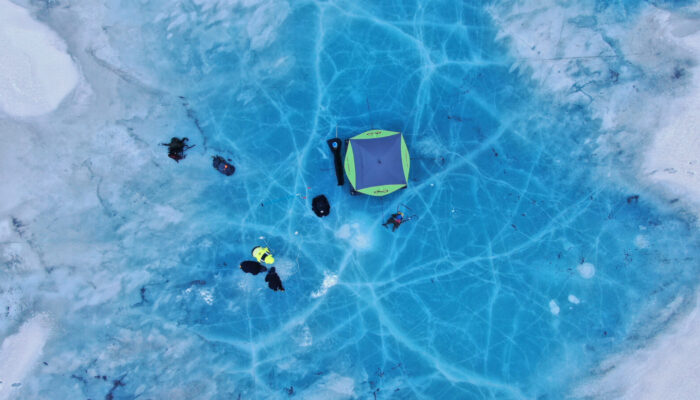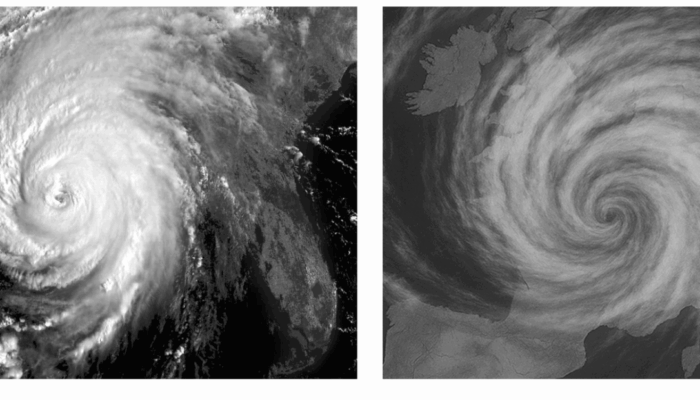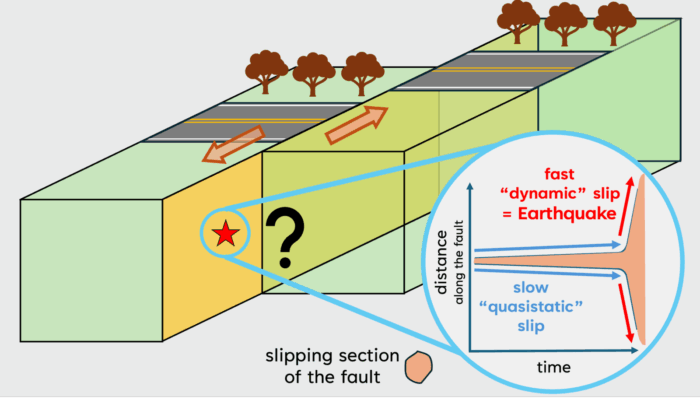Soil is more than just dirt beneath our feet, it’s a living, breathing system that sustains ecosystems, regulates climate, and supports agriculture. At the heart of advancing our understanding of these vital systems is a dynamic group of early career researchers working within the Soil System Sciences (SSS) Division of the European Geosciences Union (EGU). In this post, we’re excited to intr ...[Read More]
If you didn't find what you was looking for try searching again.
GeoLog
Sixty years under the mountain: A geoscientific odyssey through the Mont Blanc tunnel
On July 16, 1965, the Mont Blanc Tunnel, 11.611 km of tunnel piercing the heart of the Alps, opened to traffic, marking a triumph of engineering, geology, and international cooperation. Sixty years later, this civilian artery connecting Chamonix (France) and Courmayeur (Italy) stands not just as a testament to human inventiveness but as an ongoing marvel if viewed through a geoscientific lens. On ...[Read More]
Geodynamics
Unraveling volcanic patterns between adjacent rift zones
Continental rifts are a prime example of how the forces at work beneath our feet are constantly shaping our world, and often host volcanic activity. The patterns and distribution of volcanism in rift settings, however, is far from intuitive. The picture gets even more complicated if we look between the segments that often make up a rift. This week, Valentina Armeni from the University of Potsdam, ...[Read More]
Seismology
Surviving the Ranking Madness: A Geoscientist’s Guide to Keeping Your Academic Soul Intact
The Academic Identity Crisis Ever googled yourself to check if your h-index went up? Compared your publication statistics to a peer? Published in a paywall journal while cursing the system? – Same. Welcome to the slightly neurotic world of academic evaluation—where current incentives often pull us away from the values we hold as scientists: curiosity, creativity, responsibility, and even actual sc ...[Read More]
Natural Hazards
How is earthquake-driven sea-level rise changing our coasts?
Coastal regions have always been at risk from natural hazards, but now, there’s an added layer of complexity. Earthquakes, which cause the land to move up or down, can significantly affect sea levels, especially in regions already experiencing the effects of climate change. Earthquakes can alter coastlines in ways that we’re still trying to understand, and it’s clear that tectonically active areas ...[Read More]
Ocean Sciences
The Untapped Potential of Citizen Science Onboard Expedition Cruise Vessels
Scientific work can be done not only by professional scientists but also by the general public, often in collaboration with scientific institutions. At HX Expeditions, citizens have the opportunity to contribute to scientific projects on expedition cruises. Join us as we hear from Holly Stainton, the Science & Education Coordinator at MS Roald Amundsen and HX Expeditions, about her experiences ...[Read More]
GeoLog
The false narrative of over-population: why Malthus had it wrong when it comes to global resources
Just like me, you may have, at some point in your life, come across Malthusian rhetoric: There are too many mouths to feed and not enough resources for a growing population. But what if the problem isn’t people, but an appetite for profit-driven extraction? In this blog, I peel back the myth of overpopulation and show how pinning ecological collapse on mere population numbers diverts attention fro ...[Read More]
Cryospheric Sciences
The Proglacial Puzzle: Sampling of Glacier-fed Lakes in Greenland
Would you like to follow the endeavours of a small team working in the ice-marginal terrain in South-West Greenland? They set out to investigate proglacial lakes using sediment coring, water sampling and gas collections (figure 1), aiming to better understand methane dynamics, proglacial terrain development and the environmental drivers behind methane production in glacially influenced lake system ...[Read More]
Nonlinear Processes in Geosciences
AI-generated Images: the fragility of visual evidence in geosciences
Recently, an increased number of visually striking “scientific” images have been found online: snapshots of turbulent flows with dreamlike structure, eerily symmetric cloud patterns, and what appeared to be global temperature fields annotated with plausible colormaps and scientific-looking labels. Many of these posts quickly go viral on social media. And yet, in many cases, the images ...[Read More]
Geodynamics
Don’t Stop Me Now: A Fracture Mechanics Perspective on Earthquake Nucleation
How do earthquakes start? Earthquakes occur when a block of rock rapidly slides past another along an interface or a discontinuity in the medium and release energy in the form of seismic waves. Turns out, the surface of the earth is riddled with a lot of these discontinuities, which we call “faults”. If we plot the locations of earthquakes on a world map (Figure 1a), we will see that they highligh ...[Read More]

